If your home feels chilly or the hot water has disappeared, you’re probably dealing with a heater problem. The good news is many issues can be identified and even fixed without a full service call. Below we cover the most common culprits – heat pumps, water heaters and boilers – and give you clear steps to get things back to normal.
Heat pumps are great for year‑round comfort, but they can act up. The most frequent complaint is a unit that won’t blow warm air. First, check the thermostat setting – sometimes it’s simply set to “cool” or a low temperature. Next, inspect the outdoor coil for debris or ice buildup; a blocked coil can starve the system of heat. If the fan runs but the air stays cool, the refrigerant level is likely low, which is a job for a certified technician.
Another tell‑tale sign is a loud, high‑pitched noise coming from the indoor unit. That usually points to a failing fan motor or a loose belt. Turn off the power, remove the cover and look for worn parts. Replacing a fan belt is a cheap fix you can do yourself with basic tools.
Cold showers are frustrating, but before you call a plumber, see if resetting the water heater helps. Many modern electric models have a reset button on the thermostat; press it and see if the heater fires up. If the reset trips again, you likely have a faulty heating element or a broken thermostat.
To check the element, turn off the power at the breaker, remove the access panel, and use a multimeter to test for continuity. A dead reading means the element needs replacing – a straightforward swap that usually costs under £30 for the part. While you’re at it, flush the tank to remove sediment that can cause overheating and premature failure.
For gas water heaters, listen for the pilot light. If it’s out, follow the manufacturer’s relighting instructions; a clean burner and fresh gas supply are essential. If the pilot won’t stay lit, the thermocouple may be worn out and should be replaced.
When a boiler stops heating or makes strange noises, the first move is to check the pressure gauge. Ideal pressure sits between 1 and 1.5 bar when the system is cold. If it’s low, bleed the radiators and add water via the filling loop until the gauge reads correctly.
If the boiler still won’t fire, look at the error code on the display panel. Most modern boilers match codes to common issues like a blocked condensate pipe or a failed fan. A blocked pipe can be cleared with a gentle flush of warm water; a faulty fan usually requires a professional.
Regular maintenance goes a long way. An annual service can catch worn seals, dirty heat exchangers and worn pumps before they cause breakdowns. If you’re comfortable, clean the external filter screens every few months – a few minutes of work saves a costly call later.
Remember, safety first. Never work on a heating system while it’s powered or pressurized unless you’re sure of what you’re doing. When in doubt, especially with gas‑fired equipment, call a Gas Safe registered engineer.
With these simple checks, many heater hiccups can be solved quickly. Keep this guide handy, note any patterns you see, and you’ll spend less time shivering and more time enjoying a warm, comfortable home.

Experiencing a sudden loss of hot water can be inconvenient and potentially alarming. Understanding common reasons for this issue, such as thermostat malfunctions or a broken heating element, can help you troubleshoot the problem. Sometimes the solution is as simple as relighting the pilot light or adjusting the thermostat settings. For more complex issues, professional repair might be necessary. This article provides insightful tips and practical information to help you get your hot water flowing again.
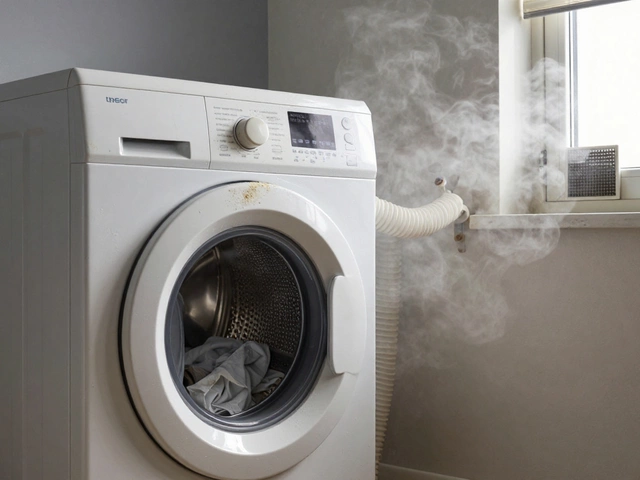
Most tumble dryers last 8-13 years, but poor maintenance can cut that in half. Learn the signs your dryer is failing, when to repair vs replace, and how to make it last longer.
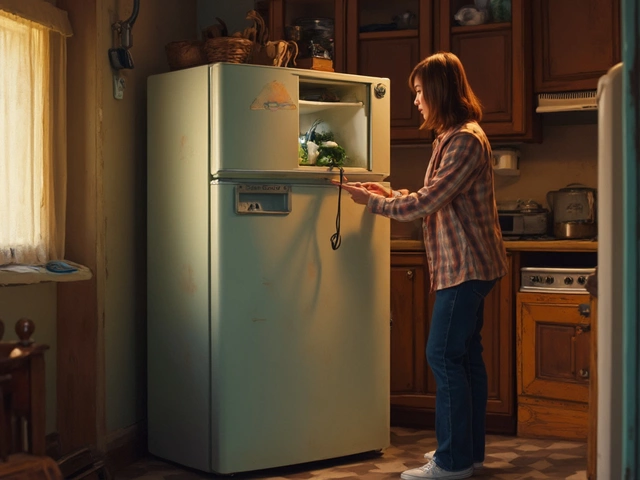
When your refrigerator suddenly stops working, it can cause quite a panic. But before calling in the repair services, there's one crucial thing you should check first: the power source. This step is often overlooked but can save you both time and money. Reliability and efficiency in troubleshooting can help bring your fridge back to life or at least determine the next best steps.
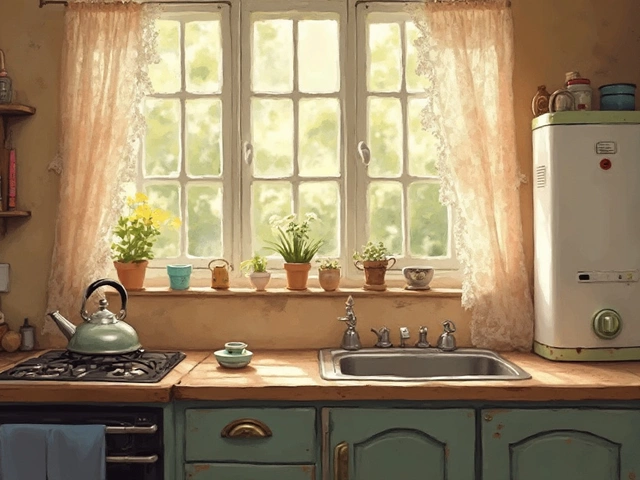
Deciding whether to repair or replace your hot water heater can feel overwhelming. This article explores practical considerations, including the age of the unit, repair costs, and long-term benefits. By understanding essential factors like energy efficiency and potential savings, homeowners can make informed decisions. Discover useful tips and interesting facts to help you choose the best course of action for your specific situation.
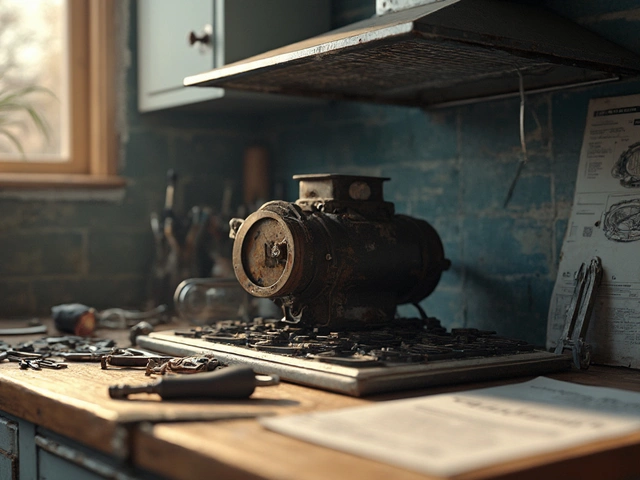
Thinking about swapping out the motor in your extractor fan? This article breaks down what's really involved, the red flags that mean the motor's cooked, and how to decide if you should tackle it yourself or call in a pro. It covers how to find the right replacement part, tips to avoid shocking mistakes, and why some fans just aren’t worth fixing. Whether your bathroom fan wheezes or your kitchen extractor hums like a jet, here’s how to handle a motor on its last legs.
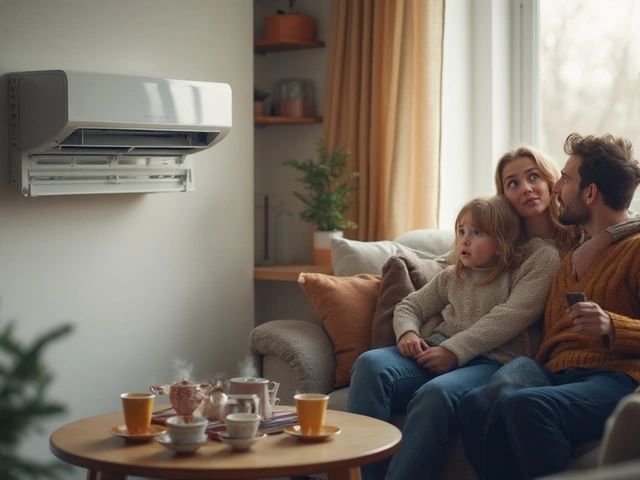
Is your heat pump not blowing warm air? Here’s what causes it and how you can troubleshoot the issue. Easy fixes and tips for a cozy home.